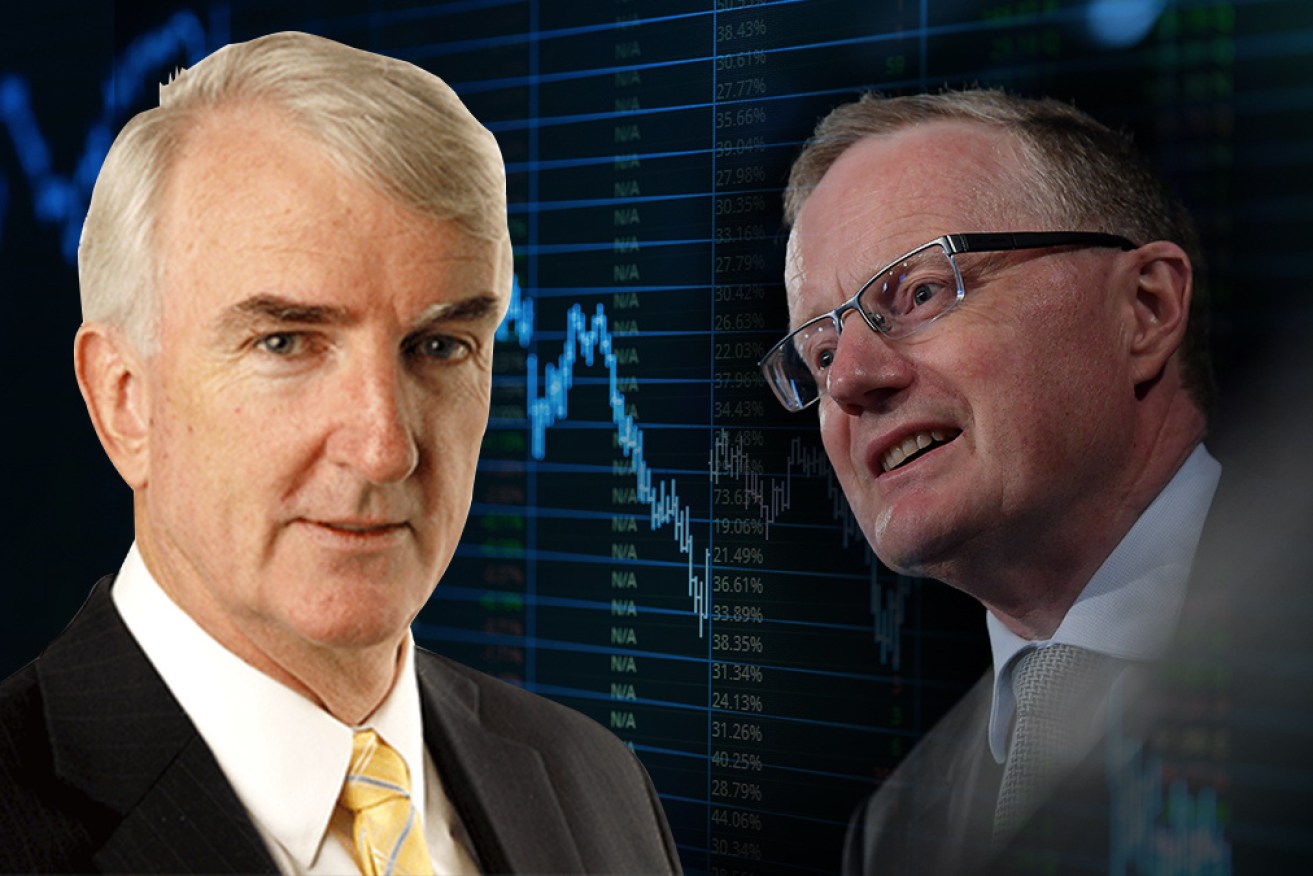The RBA and Morrison government are doing things they don’t normally do


Unprecedented times call for unprecedented measures. Photo: TND
The Reserve Bank doesn’t undertake a three-day drum roll before detailing a stimulus package, but that’s what it started on Monday ahead of some sort of announcement on Thursday.
After weeks of “planning” and assuring the public they had it all under control, the Morrison government doesn’t admit five days after it was announced that its big “targeted, moderate and scalable” stimulus package was inadequate.
But that’s what Mathias Cormann did on Tuesday.
Meanwhile, the New Zealand government has announced a stimulus package equivalent to 4 per cent of the country’s GDP – going hard, going early, going businesses and households – and warned they’ll still face a recession.
That compares with the initial Morrison/Frydenberg effort of 0.9 per cent of GDP that doesn’t start until next month.
These are indeed unprecedented times.
The strangest action so far, though, was the last sentence of a brief statement by RBA governor Philip Lowe on Monday: “The bank will announce further policy measures to support the Australian economy on Thursday.”
That was after reassuring the market the RBA was on the job, doing what it’s supposed to do in times of uncertainty by assuring the government bond market would continue to function and that there would be plenty of liquidity for our financial markets.
That last sentence inevitably builds up expectations of something Very Big Indeed.
Unconventional weaponry
If the support turns out to be pedestrian, there’s the danger of market disappointment, of undermining rather than supporting sentiment.
Another 25 basis points off the cash rate, taking it to effectively zero, is being taken for granted.
If there’s nothing more than that, there would be no need to dramatically set a date with destiny.
And if it is Very Big Indeed, right through the looking glass into the less-travelled paths of unconventional monetary policy, what does that say about the seriousness of the crisis and, therefore, the inadequacy of the government’s fiscal response?
It is good news and a most welcome change that the government itself recognises last week’s much-ballyhooed $17.6 billion package isn’t good enough and is prepared to admit it.
Until now, the #ScottyfromMarketing approach has been to steadfastly deny, evade and distract when found wanting.
The RBA also is effectively admitting its board meeting two weeks ago ended up being neither fish nor fowl, having to go again so quickly to its armoury to find some sort of recession-fighting weapons.
In a series of speeches back in the good ol’ days when the central bank was merely dealing with a stagnating economy and an unhelpful federal government, we were warned we would only venture into unconventional monetary policy if there was a crisis pushing up unemployment and then it would be a stepped and cautious venturing.
Well, now we have the crisis and we’re apparently going unconventional.
We find out on Thursday how far we’re going, how brave and daring the RBA is prepared to be in co-operation with the federal government.
‘Helicopter money’
In September we reported here on a report that was receiving plenty of attention among present central bankers.
It suggested that dealing with the next downturn would require more than putting toes in the unconventional water, more than was done during the GFC.
“The current policy space for global central banks is limited and will not be enough to respond to a significant, let alone a dramatic, downturn,” the report warned.
“Unprecedented policies will be needed to respond to the next economic downturn.
“Monetary policy is almost exhausted as global interest rates plunge towards zero or below.
“Fiscal policy on its own will struggle to provide major stimulus in a timely fashion, given high debt levels and the typical lags with implementation.
“Without a clear framework in place, policymakers will inevitably find themselves blurring the boundaries between fiscal and monetary policies. This threatens the hard-won credibility of policy institutions and could open the door to uncontrolled fiscal spending.
The report suggested the next downturn would require central banks to ‘go direct’, the monetary nuclear option of getting central bank money directly into public and private hands – ‘helicopter money’.
Interest rates aren’t the problem
It’s a radical path, one that could only be taken very carefully.
The report was written by heavyweights with serious credibility in the central banking community, a team that included the former Swiss central bank governor Philipp Hildebrand and former Federal Reserve vice-chairman Stanley Fischer, along with a former deputy governor of the Bank of Canada, Jean Boivin.
It’s hard to imagine our conservative central bank jumping straight into “going direct” without trying its telegraphed earlier steps.
But these are unprecedented times, a simultaneous supply shock and demand shock.
It would be much more use than trimming the cash rate again when the challenges facing us today have nothing to do with interest rates.
And it’s possible for limited “helicopter money” to be kept off the government’s precious budget accounts – the lure of being able to again claim an elusive surplus is strong in these ones.








